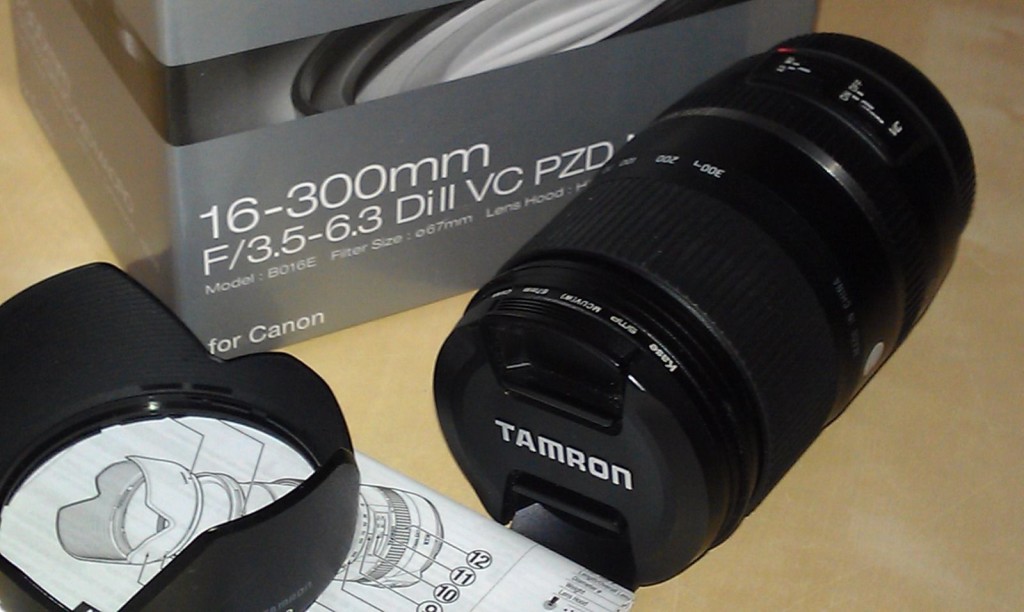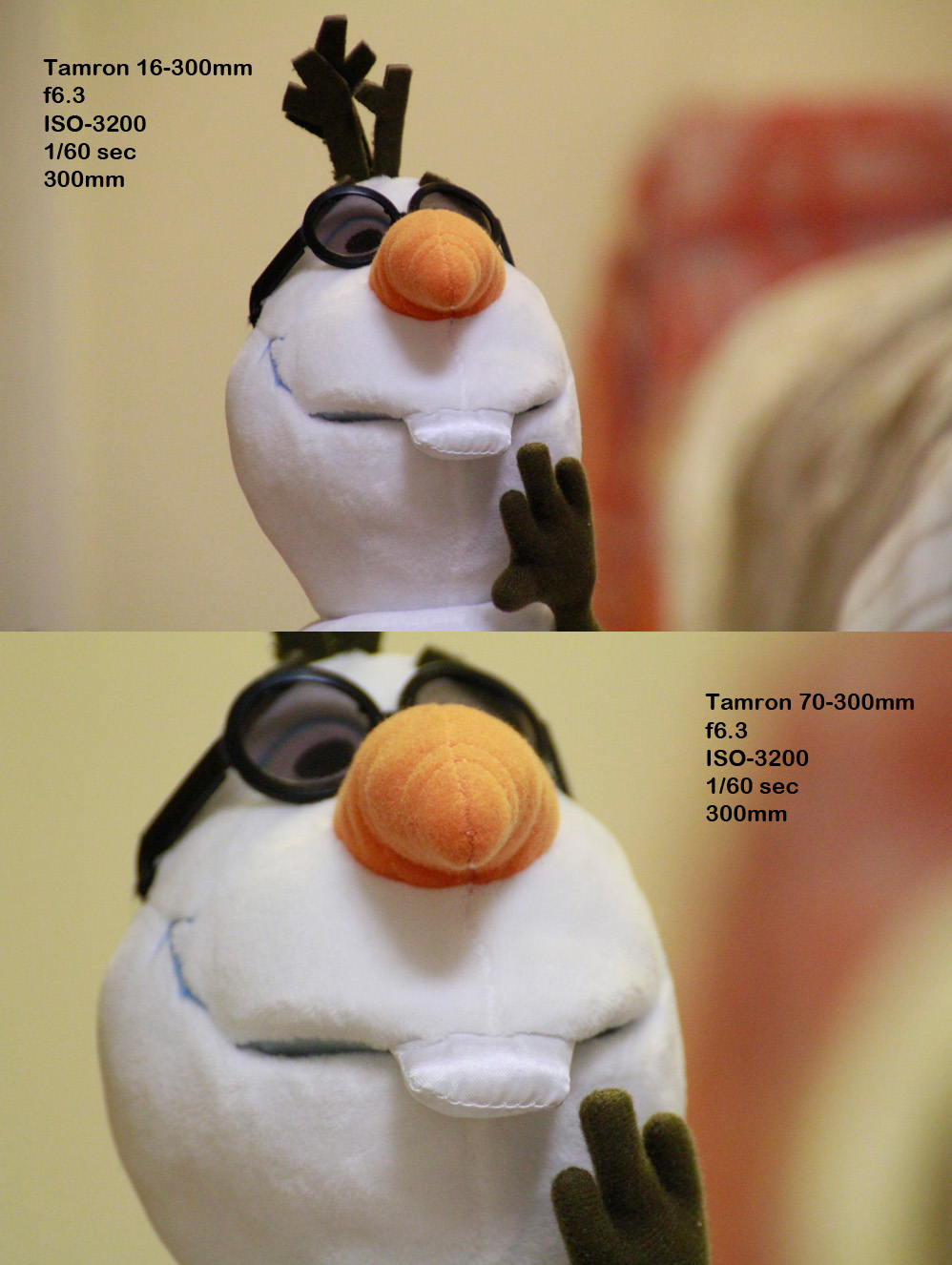 I recently purchased the tamron 16-300mm lens for my Canon 60D dslr from Wex Photographic which is a UK based online retailer specializing in cameras and camera equipment.
I recently purchased the tamron 16-300mm lens for my Canon 60D dslr from Wex Photographic which is a UK based online retailer specializing in cameras and camera equipment.
I am happy with the lens since it is weather resistant and shoots at great quality but it is not the sharpest lens out there. This should however not make a difference since it is still sharp enough and you will not notice any lack of sharpness unless you would be obsessed with pixels. The image quality of the lens is great and focuses reasonably fast and quietly. The only downfall is shooting during when light levels are low therefore it becomes difficult to take photos handheld at slower shutter speeds even with the VC (vibration compensation) on. One can get great photos handheld when there is plenty of light whether taking portraits or landscapes. But when light levels are low then one would need to use a tripod but then the lens becomes more of a landscape lens since it is impossible to take portraits with extremely slow shutter speeds ranging from 40th of a second or slower. These problems occur when shooting outdoors just before dusk or indoors in shade. In those situations, if taking portraits then I would recommend the sigma 17-50mm f.2.8 OS lens or if you have the budget then the sigma 18-35mm f1.8 lens.
The lens suffers from some chromatic aberration and barrel distortion, however these can be fixed using lightroom software. To get the best from this lens, one should shoot in RAW format instead of jpeg.
My recommendation is that this lens would be useful if you want to travel light and hate the idea of changing lenses in the field. From wide angle landscape shots to telephoto at 300mm, this lens is the ideal all in one solution. Depending on the lighting, one could use a fast shutter speed to shoot birds in flight or to use at general sporting events.
One other issue I have noticed is at 300mm, the tamron 16-300mm lens does not zoom in as much as the tamron 70-300mm VC lens even though both lenses are set at the same focal length and shot from roughly the same spot. This is due to focus breathing and all superzoom lenses suffer from this. This basically means that when you zoom into lets say 300mm and frame your shot and then autofocus, the field of view can move slightly making the composition either bigger or smaller depending on whether you are focusing closer or further away from the subject. Therefore many superzoom lenses do not reach the full intended focal length.
Here is a quick video review on the Tamron 16-300mm F/3.5-6.3 Di II VC PZD Lens.

